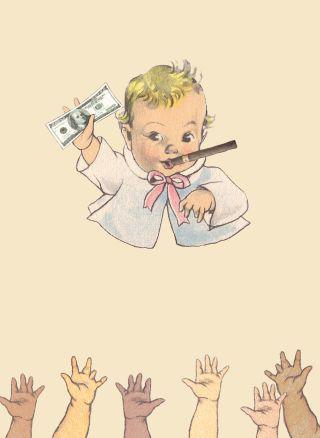For about a century, economic inequality has been measured on a scale, from zero to one, known as the Gini index and named after an Italian statistician, Corrado Gini, who devised it in 1912, when he was twenty-eight and the chair of statistics at the University of Cagliari. If all the income in the world were earned by one person and everyone else earned nothing, the world would have a Gini index of one. If everyone in the world earned exactly the same income, the world would have a Gini index of zero. The United States Census Bureau has been using Gini’s measurement to calculate income inequality in America since 1947. Between 1947 and 1968, the U.S. Gini index dropped to .386, the lowest ever recorded. Then it began to climb.
Income inequality is greater in the United States than in any other democracy in the developed world. Between 1975 and 1985, when the Gini index for U.S. households rose from .397 to .419, as calculated by the U.S. Census Bureau, the Gini indices of the United Kingdom, the Netherlands, France, Germany, Sweden, and Finland ranged roughly between .200 and .300, according to national data analyzed by Andrea Brandolini and Timothy Smeeding. But historical cross-country comparisons are difficult to make; the data are patchy, and different countries measure differently. The Luxembourg Income Study, begun in 1983, harmonizes data collected from more than forty countries on six continents. According to the L.I.S.’s adjusted data, the United States has regularly had the highest Gini index of any affluent democracy. In 2013, the U.S. Census Bureau reported a Gini index of .476.
[For more of this story, written by Jill Lepore, go to http://www.newyorker.com/magaz...16/richer-and-poorer]




Comments (0)